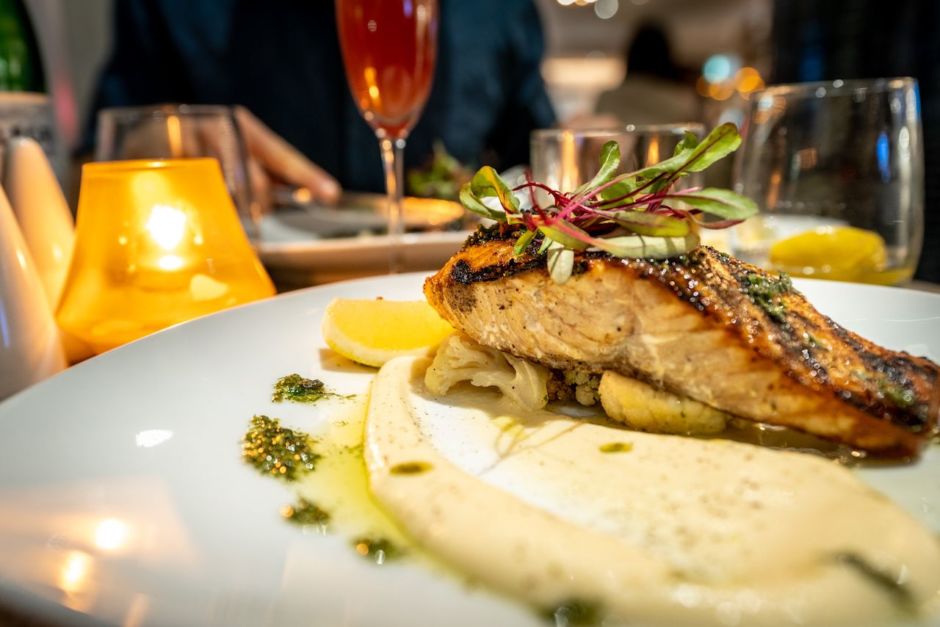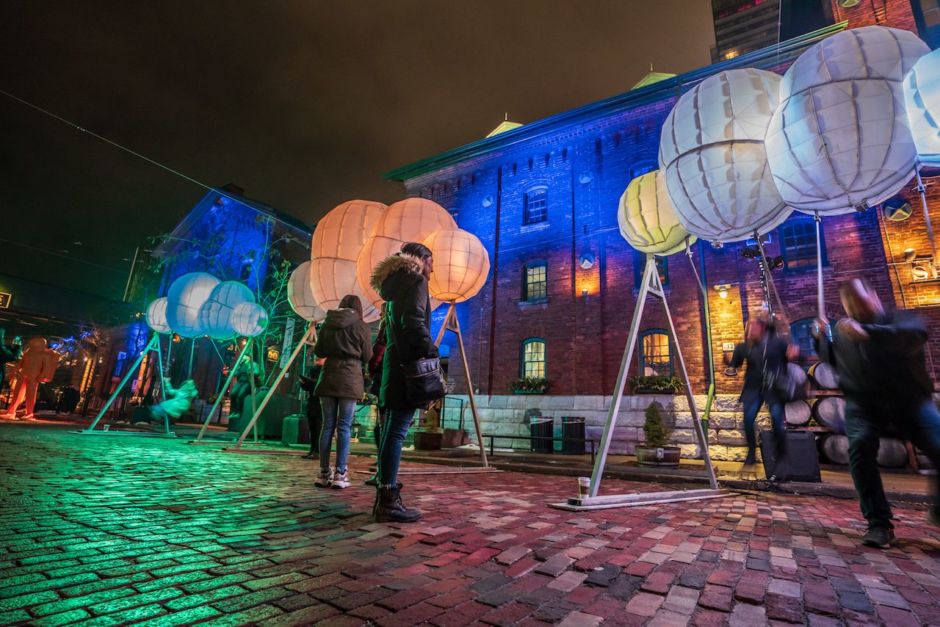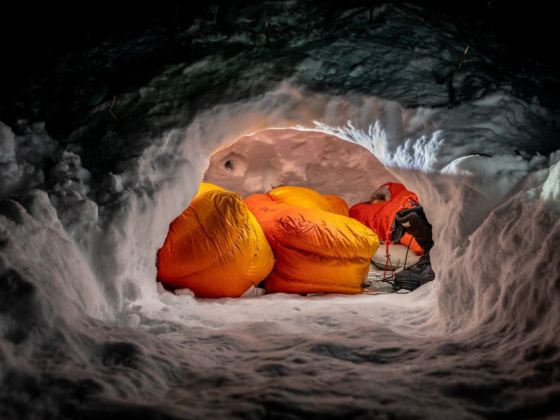The Muskoka lake region north of Toronto in Ontario, Canada, is well-known for its summertime beauty. It turns out to be an incredible place for an outdoor adventure in the winter as well. With average temperatures that never go above freezing, though, spending time outside here requires the right equipment, expert knowledge, and basic precautions. It’s also worth rewarding yourself with a big city stay after your rugged outdoor time. These images give a glimpse into our winter expedition to Huntsville, Ontario, along with what you need to know to make this epic trip happen yourself.
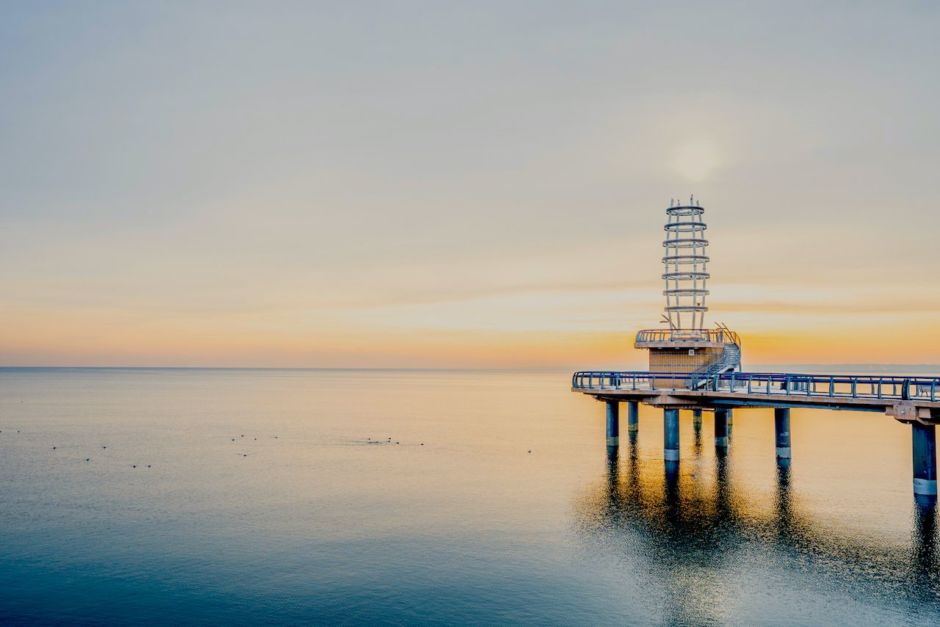

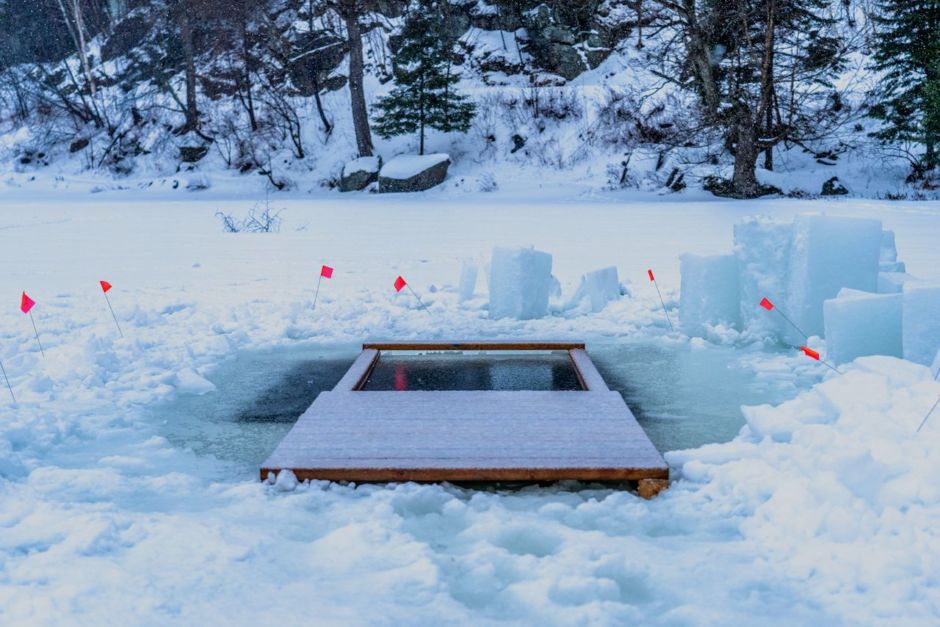
Intermission

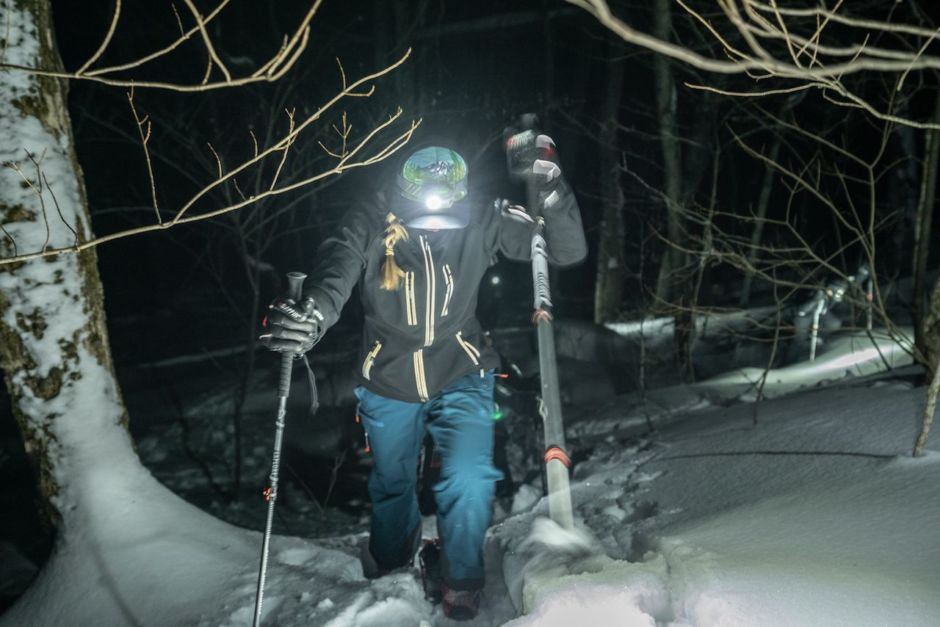
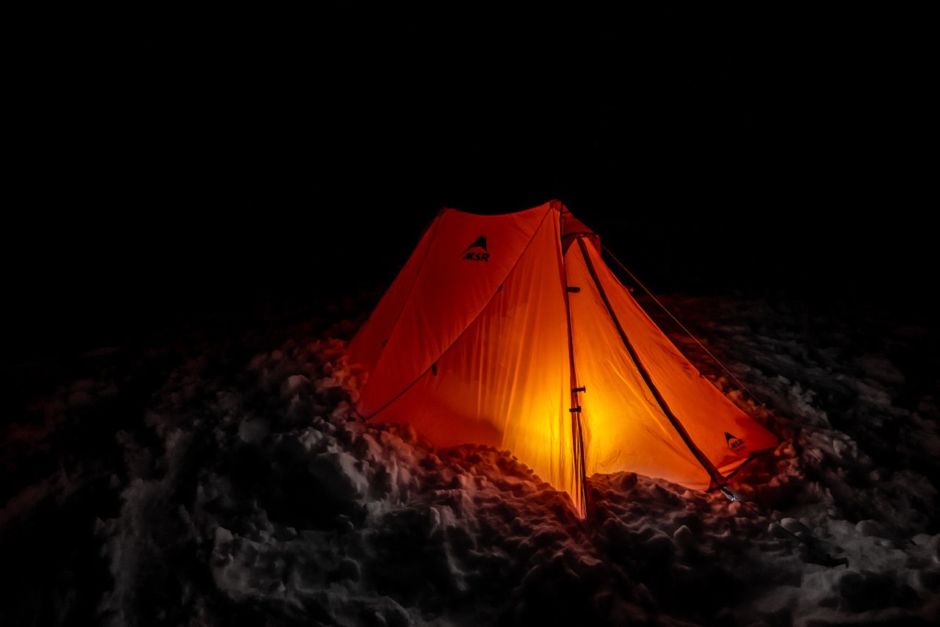
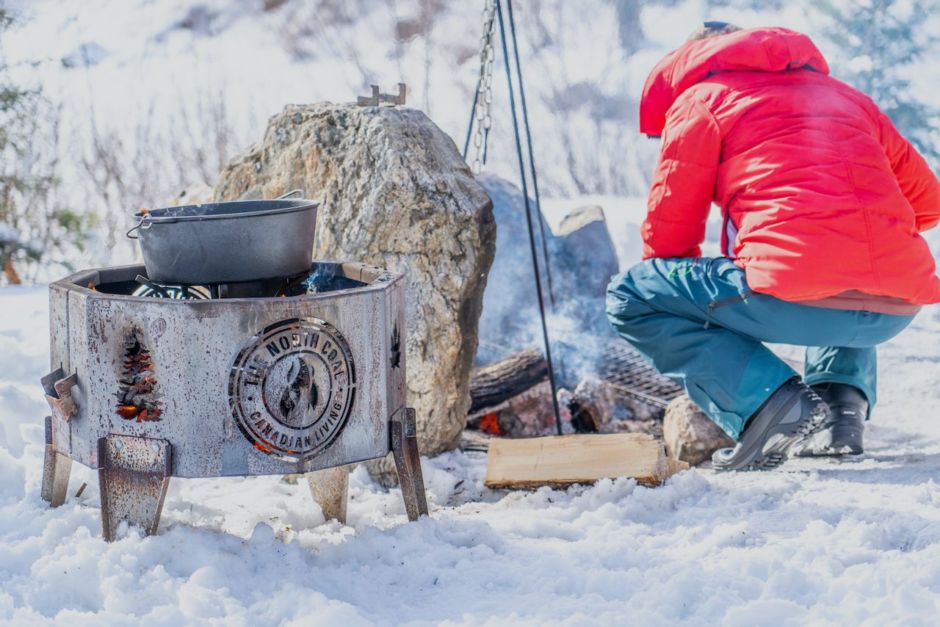
Intermission
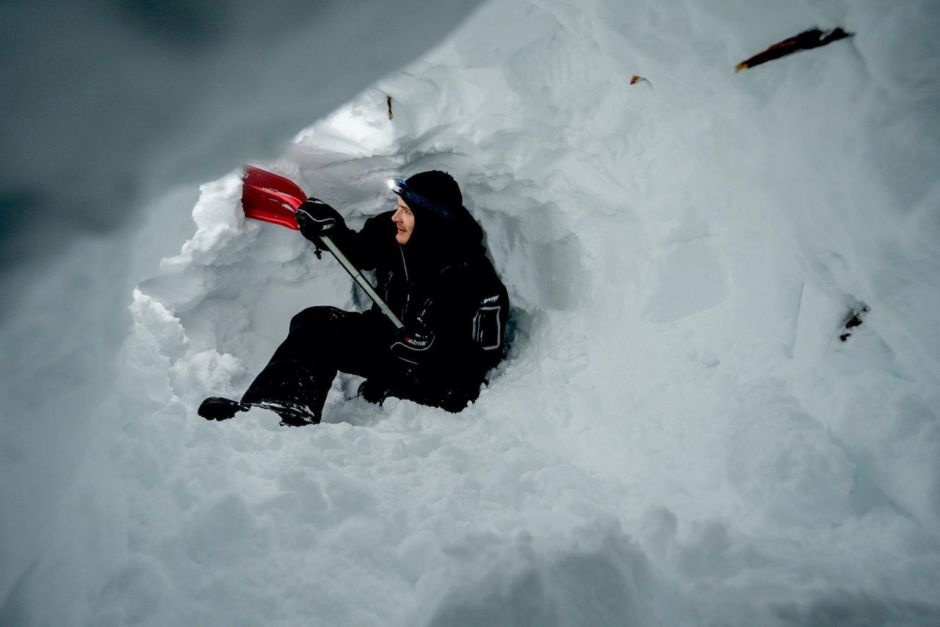

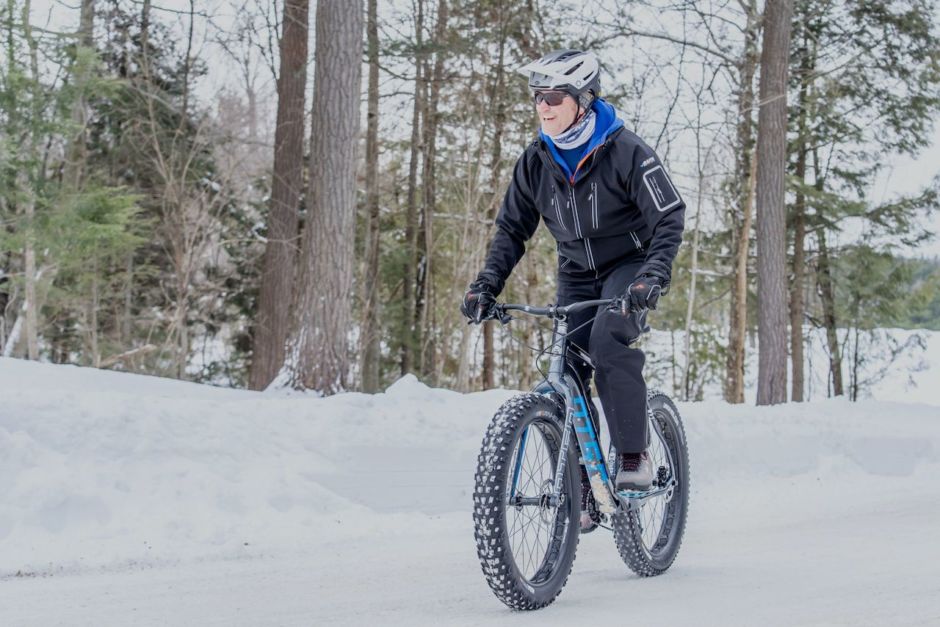
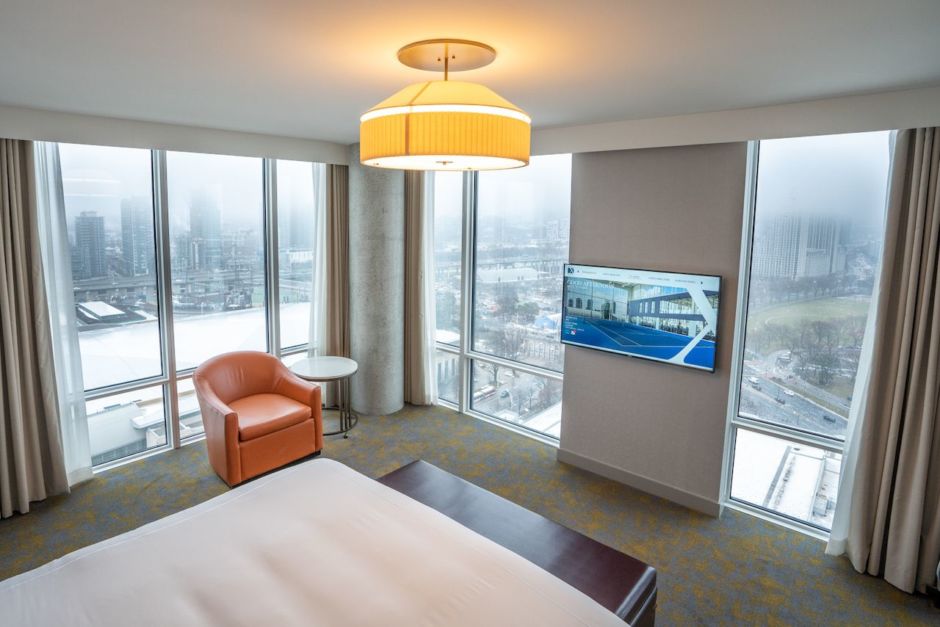
Intermission
